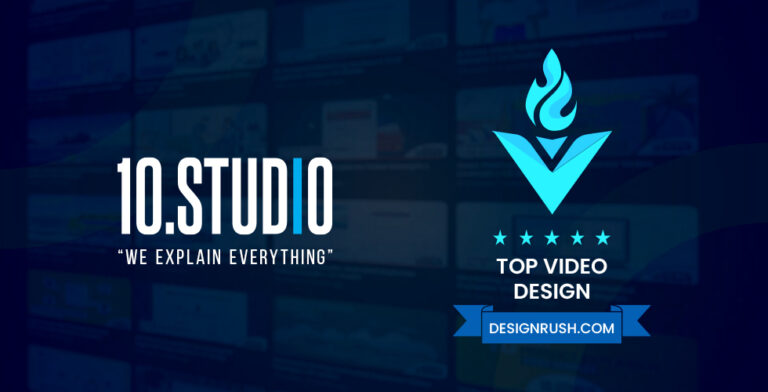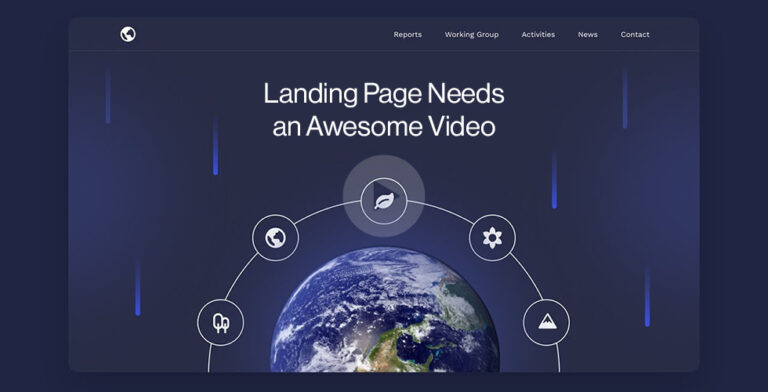Have you ever wanted to step inside your favorite animated film? Or interact with 3D versions of your beloved cartoon characters?
Virtual reality (VR) is making these imaginary worlds a reality. VR animation is taking the animation industry by storm, bringing beloved characters and imaginative worlds to life like never before.
But what exactly is VR animation, and why is it becoming so popular?
In this article, we’ll explore everything you need to know to understand this exciting new medium. From how VR animation works to its key benefits and limitations, you’ll learn all about bringing animation into the virtual world.
How Does VR Animation Work?
VR animation uses VR headsets like the Oculus Rift or HTC Vive to immerse viewers in 3D animated worlds. Unlike traditional 2D animation, VR animation surrounds you with a full 360-degree view.
As you turn your head, the 3D environment moves with you, making it feel like you’re inside the animated scene. VR animators use real-time computer graphics engines like Unity or Unreal to render these immersive environments.
VR animation combines:
- 3D modeling – Creating 3D animated characters and environments
- Rigging – Adding “bones” to 3D models so they can move
- Motion capture – Recording real movement to animate characters
- Real-time rendering – Quickly generating images as you look around
Advanced VR animations may even incorporate:
- Interactive elements – Objects you can pick up, doors you can open
- Environmental effects – Wind, rain, ambient sound
- Multiplayer experiences – Enter worlds with other people
This combines animation principles with video game technology for animation that surrounds you!
The Benefits of VR Animation
Why animate in VR versus traditional 2D or 3D formats?
Immersion is the biggest benefit. By fully surrounding viewers with an animated world, VR animation offers unparalleled immersion. Looking around feels like teleporting into the scene.
VR also allows for new storytelling techniques. Directors can guide viewers’ attention within a full 360-degree environment. And they can create unique perspectives by literally putting the viewer into a character’s shoes.
Environments and characters feel real and lifelike on a human scale. Interactivity takes things a step beyond passive viewing. You can pick up objects, open doors, and influence the story.
For creators, VR enables animation techniques not possible in 2D. Imagine a swooping camera that moves through 3D worlds. Or animating massive creatures that tower over the viewer!
Limitations and Challenges
Of course, crafting engaging VR animation also comes with limitations. For one, VR animation requires specialized tools and skills. Traditional animators have to learn real-time 3D rendering and interactivity.
There are also technological hurdles. VR headsets can cause motion sickness, especially with faster camera movements. And rendering highly detailed environments strains even high-end gaming PCs.
VR animation is also more time-consuming and expensive to produce. But as tools improve and more animators enter the field, costs are coming down.
Audience reach remains limited while VR headset use is relatively niche. Most people still consume animation through TV, mobile devices, and theaters. So VR is unlikely to displace the 2D animation mass market.
Types of VR Animations to Consider
There are a few main types of VR animation to consider when creating virtual worlds:
Computer Generated Imagery (CGI)
This refers to traditional 3D animation done with software like Maya, 3DS Max, Blender, etc. CGI lets you precisely control and animate every element and character in the scene. It offers the highest level of detail. But it also requires major time and effort compared to other techniques.
Motion Capture Animation
With mocap, live actors wear special suits to record their movements. This motion data is then mapped onto CGI characters. Mocap animation speeds up the animation process and provides extremely realistic, natural motion. But it requires lots of expensive equipment and skilled performers.
Real-Time Animation
For VR experiences like games and interactive apps, animations are rendered in real time by game engines like Unity and Unreal. Rather than pre-rendering animations, real-time tools instantly create animations and react to user input. This enables interactivity at the cost of visual polish.
Immersive VR Animation
New tools like Quill and AnimVR allow animating from within VR using motion controllers. Artists can storyboard, pose characters, and set keyframes while immersed inside the scene. This merges animation and VR tech for fluid, interactive experiences with natural motion.
Virtual Reality Animation Use Cases
VR opens new doors for animation across industries:
Animation in VR Games
VR gaming allows players to explore worlds and interact with characters up close. This requires realistic character animation, whether done via mocap or CGI. Popular VR titles like Half-Life: Alyx showcases cutting-edge real-time animation.
Animation in VR Videos
From animated shorts to 360° episodic series, story-based VR content is on the rise. Baobab Studios creates charming VR films starring CGI characters. And major studios like Disney have released VR shorts based on franchises like Wreck It Ralph.
Animation in VR Apps
VR apps span from educational to social experiences. Animating virtual instructors and environments makes apps more immersive. For multi-user apps like VRChat, avatars with natural motion let users communicate through body language.
Animation in Marketing
Brands often commission VR ads and experiences for product launches and events. Animated characters add appeal while explaining features. And virtual worlds showcase products contextually. Automotive companies have users test drive new car models in VR.
How to Make Mind-Blowing VR Animations
Ready to dive into VR animation? Here are some tips and steps to follow:
1. Plan Your Scenes and Assets
Like any animation project, everything starts with concept art, storyboards, and planning out scenes. Decide which characters, props, and environments you’ll need. Will assets be stylized or photorealistic? This affects your whole pipeline.
2. Build Your Digital Assets
Your artists will model, texture, and rig all characters and objects needing animation. Good topology and rigs are essential for quality animation. VR visuals must hold up to close inspection, so aim for dense detail.
3. Choose Your Animation Approach
Look at the pros and cons of CGI, mocap, real-time, and VR animation tools. Consider your budget, timeline, and technical capabilities. A hybrid approach combining techniques is common.
4. Animate Away!
Bring your scenes to life through keyframing, performance capture, or whatever methods you choose. Follow animation principles like timing, arcs, and overlapping action for fluid, natural motion. Polish with secondary animation like clothing physics.
5. Immerse Viewers in VR
Import your animated assets into a VR engine like Unity or Unreal. Program interactivity and physics. Optimize scenes to maintain high framerates. Use sound, lighting, and visual effects to heighten immersion. Showtime!
Following animation best practices while leveraging VR’s capabilities creates amazing experiences. But technical mastery only goes so far – artistry and storytelling bring VR worlds to life.
Your Message
With Animation

Transform Your Message With Animation



Does VR Animation Have a Bright Future?
Like any emerging medium, VR still has room to grow. But even in its early days, VR unleashes new creative possibilities for animation.
As VR technology improves, so will VR animation. Expect richer virtual worlds with heightened realism and smoother interactivity. Lightfield displays for realistic depth perception will also enhance immersion.
User adoption continues rising as headsets get cheaper and VR spreads beyond gaming. Big tech investments signal VR is here to stay. Global revenue is predicted to reach $22 billion by 2025.
Powerful game engines lower barriers for small studios to craft VR animation. And specialized tools let 2D artists become VR animators. More animators entering this space will push creative boundaries.
For studios, VR provides fresh opportunities outside saturated entertainment markets. Location-based VR attractions, brand experiences, and VR training keep corporate work flowing.
As the tools become more accessible, we may see new formats like animated infographic presentations and data stories emerge in virtual environments. This could make complex data communication more engaging.
While challenges remain, VR animation offers new horizons of creativity, immersion, and human connection through art. The future for animators has never looked more exciting and dimensional. Who’s ready to enter the virtual world?







